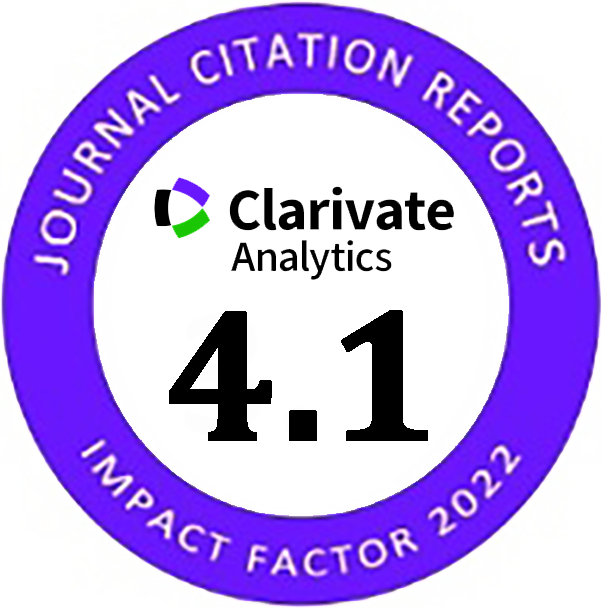Slope Remediation Techniques and Overview of Landslide Risk Management
Abstract
Slope failures are common in many parts of the world which occur due to manifold reasons and they result in huge losses to the respective locals. This study evaluates the initiatives that can enhance the safety of slope by considering the remedial measures to deal with the factors causing slope instability and discusses the application of risk management strategies to address the problems that can cause the slope to fail. The methods for the remediation of slope include modification in slope geometry, drainage, use of retaining structures and internal slope reinforcement. This study also discusses the risk management process which is a hierarchical procedure that includes assessment and control of risk through different techniques in order to manage the uncertainties associated with the slope. It has been observed that the implementation of risk management strategy aids in the proper identification of risk and its severity which dictates the selection of appropriate remedial measure for the rectification of slope. For reducing the number of landslides, this study suggests the use of risk based strategies to curtail the chances of slope failure.
Keywords
References
Pun, W. and G. Urciuoli. Soil nailing and subsurface drainage for slope stabilisation. in Proceedings of the Tenth International Symposium on Landslides and Engineered Slopes. 2008.
Gue, S.S. and C.C. Fong, Slope safety: Factors and common misconceptions. Buletin Ingenieur, 2003. 19.
Thompson, M.J., D.J. White, and M.T. Suleiman. Lateral load tests on small-diameter piles for slope remediation. in Proceedings of the 2005 Mid-Continent Transportation Research Symposium, Ames, Iowa. 2005.
Ashour, M. and H. Ardalan, Analysis of pile stabilized slopes based on soil–pile interaction. Computers and Geotechnics, 2012. 39: p. 85-97.
Fell, R., K.K. Ho, S. Lacasse, and E. Leroi, A framework for landslide risk assessment and management. Landslide risk management, 2005: p. 3-25.
Ho, K. and F. Ko, Application of quantified risk analysis in landslide risk management practice: Hong Kong experience. Georisk, 2009. 3(3): p. 134-146.
Highland, L. and P.T. Bobrowsky, The landslide handbook: a guide to understanding landslides2008: US Geological Survey Reston.
Popescu, M.E. Landslide causal factors and landslide remediatial options. in 3rd International Conference on Landslides, Slope Stability and Safety of Infra-Structures. 2002. Citeseer.
Slope stabilisation. 2006; Available from: https://www.forestry.gov.uk/fr/urgc-7evd56.
Broms, B.B. and I.H. Wong, Stabilization of slopes with geofabric. Third International Geotechnical Seminar on Soil Improvement Methods, Singapore, 1985: p. 75-83.
Chen, C. Stabilization of a failed slope with reinforced soil wall. in Proceedings of the 14th Southeast Asia Goetechnical Conference. 2001.
Popescu, M., A Suggested Method for Reporting Landslide Remedial Measures. Bulletin of Engineering Geology and the Environment, 2001. 60(1): p. 69-74.
Li, D., L. Zhang, C. Zhou, and W. Lu, Risk-based stabilization planning for soil cut slopes. Natural Hazards and Earth System Sciences, 2009. 9: p. 1365-1379.
Dai, F.C., C.F. Lee, and Y.Y. Ngai, Landslide risk assessment and management: an overview. Engineering Geology, 2002. 64(1): p. 65-87.
Shong, L.S. Slope Stability Assessment. in One-Day Short Course on Slope Engineering. 2010. Kota Kinabalu.
Kjekstad, O. The Challenges of Landslide Hazard Mitigation in Developing Countries. in First North American Landslide Conference 2007. Vail, Colorado.
Nadim, F. and S. Lacasse, Strategies for mitigation of risk associated with landslides. Landslides-Disaster Risk Reduction, 2008.
Van Westen, C.J., T.W.J. Van Asch, and R. Soeters, Landslide hazard and risk zonation—why is it still so difficult? Bulletin of Engineering Geology and the Environment, 2006. 65(2): p. 167-184.
CSA, Risk Analysis Requirements and Guidelines. Canadian Standard Association, CAN/CSA-Q634-91, 1991.
Wong, H.N., K.K.S. Ho, and Y.C. Chan. Assessment of Consequence of Landslides. in Proceedings of the Landslide Risk Workshop, IUGS Working Group on Landslides,. 1997. Honolulu.
Li, Z., F. Nadim, H. Huang, M. Uzielli, and S. Lacasse, Quantitative vulnerability estimation for scenario-based landslide hazards. Landslides, 2010. 7(2): p. 125-134.
Uzielli, M., F. Nadim, S. Lacasse, and A.M. Kaynia, A conceptual framework for quantitative estimation of physical vulnerability to landslides. Engineering Geology, 2008. 102(3-4): p. 251-256.
Kaynia, A.M., M. Papathoma-Köhle, B. Neuhäuser, K. Ratzinger, H. Wenzel, and Z. Medina-Cetina, Probabilistic assessment of vulnerability to landslide: Application to the village of Lichtenstein, Baden-Württemberg, Germany. Engineering Geology, 2008. 101(1-2): p. 33-48.
Silva, F., T.W. Lambe, and W.A. Marr, Probability and Risk of Slope Failure. Journal of Geotechnical and Geoenvironmental Engineering, 2008. 134(12): p. 1691-1699.
DOI: 10.28991/cej-2017-00000084
Refbacks
- There are currently no refbacks.
Copyright (c) 2017 Danish Kazmi, Sadaf Qasim

This work is licensed under a Creative Commons Attribution 4.0 International License.






